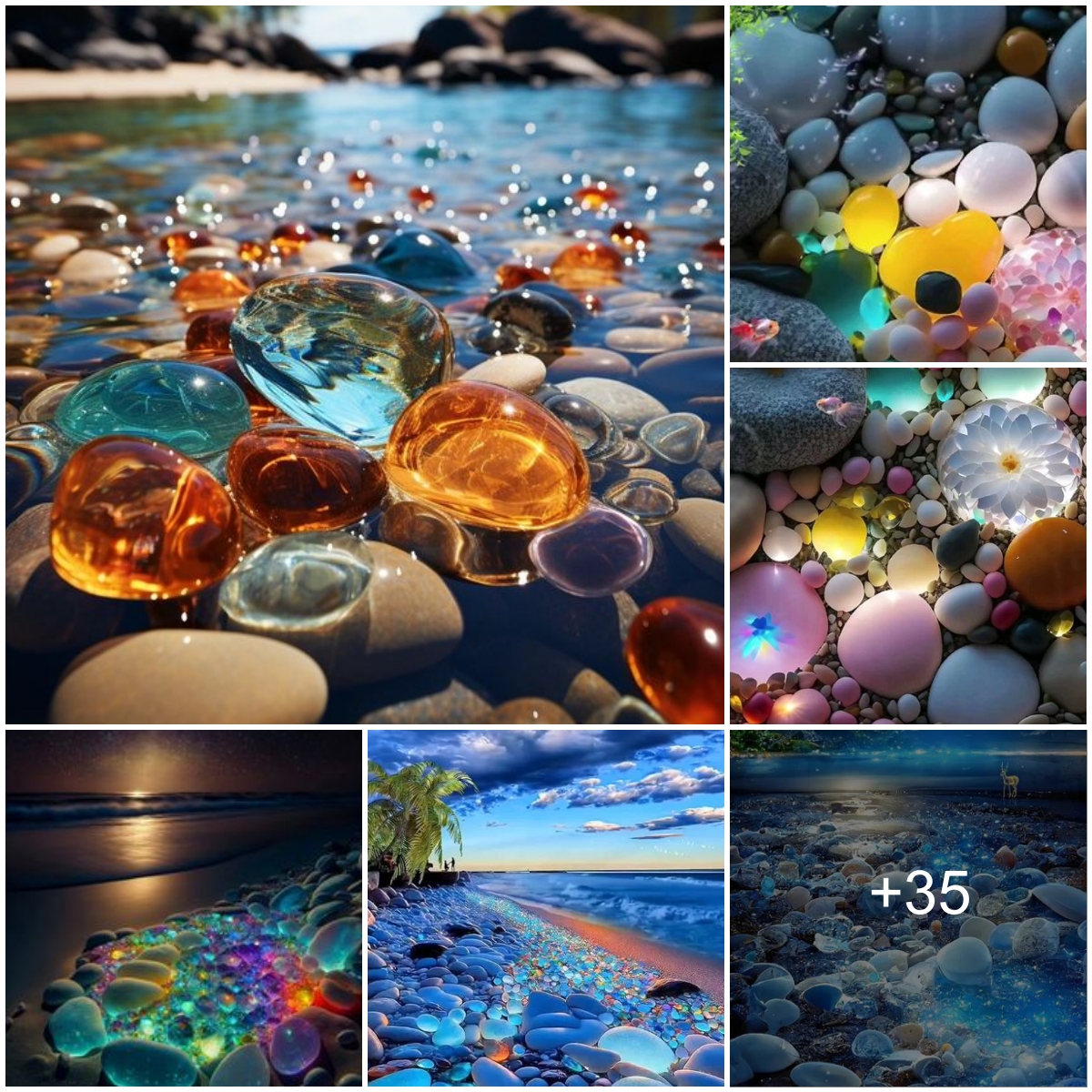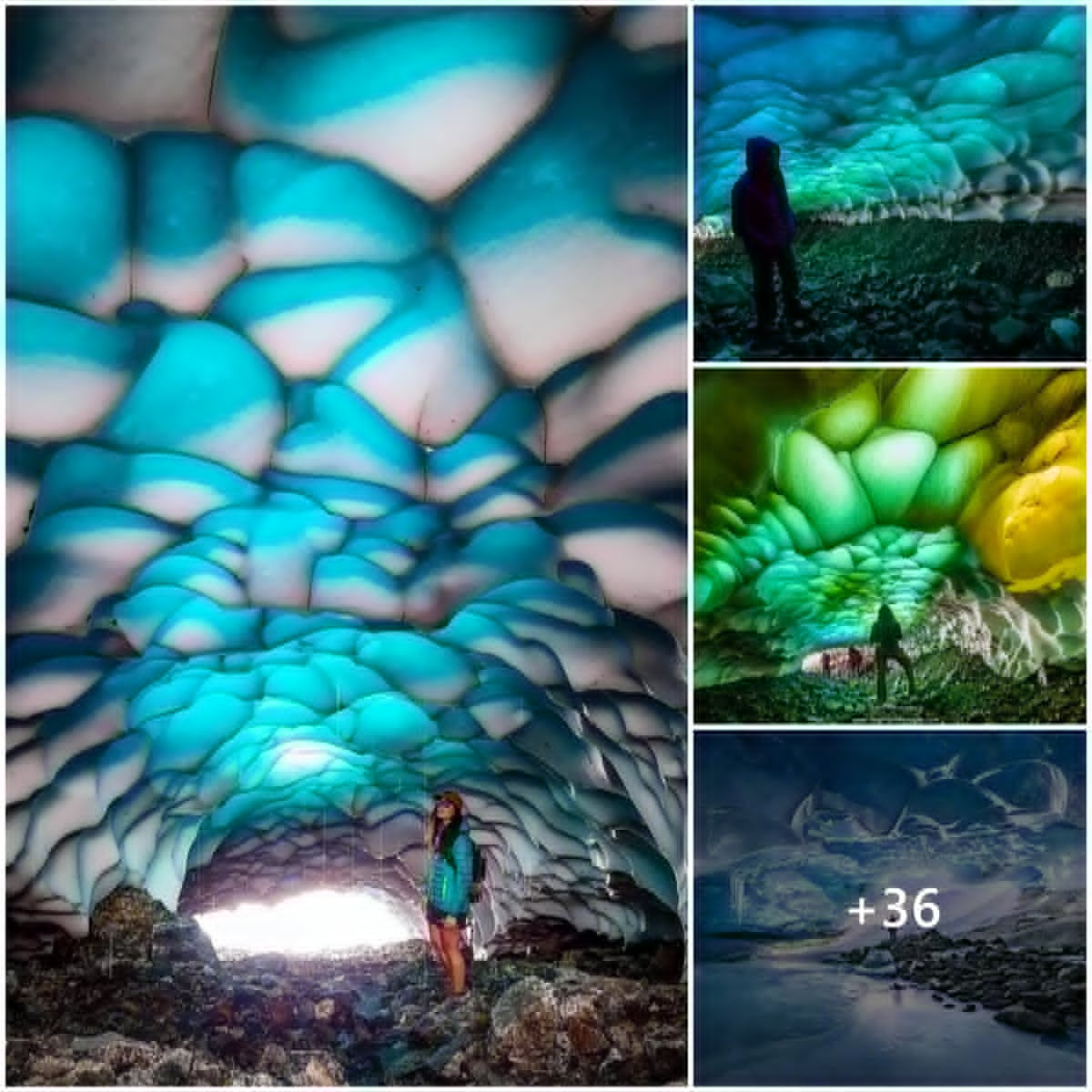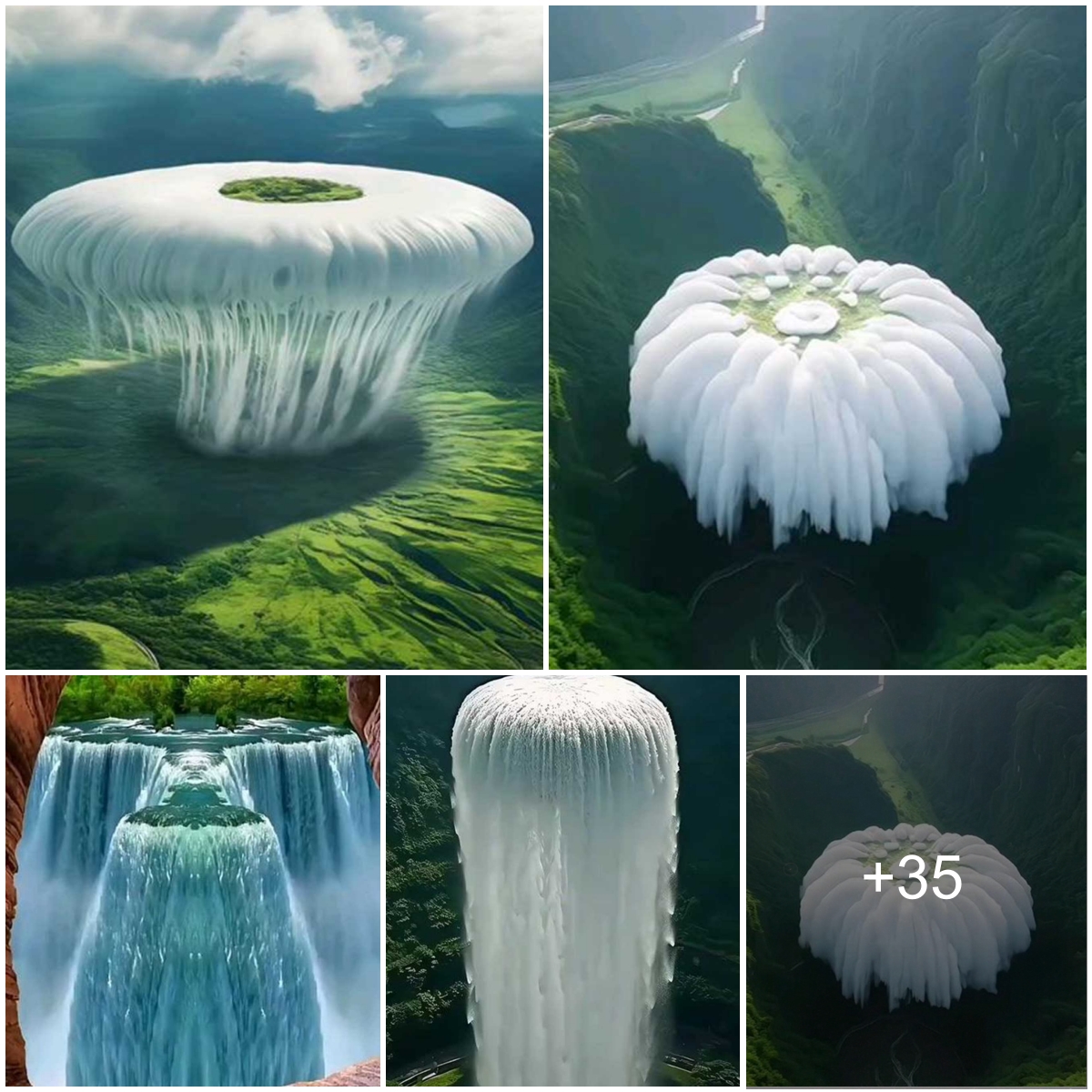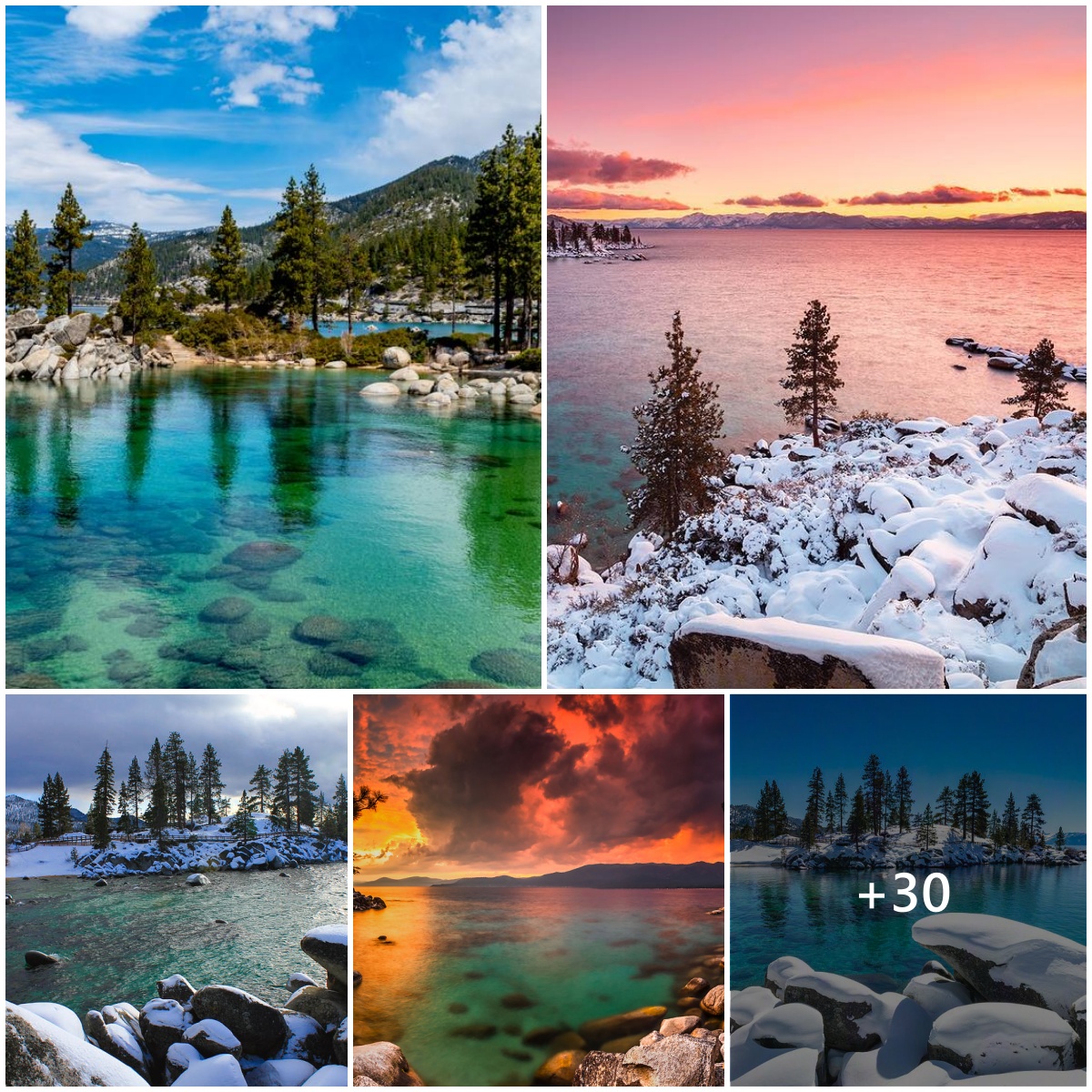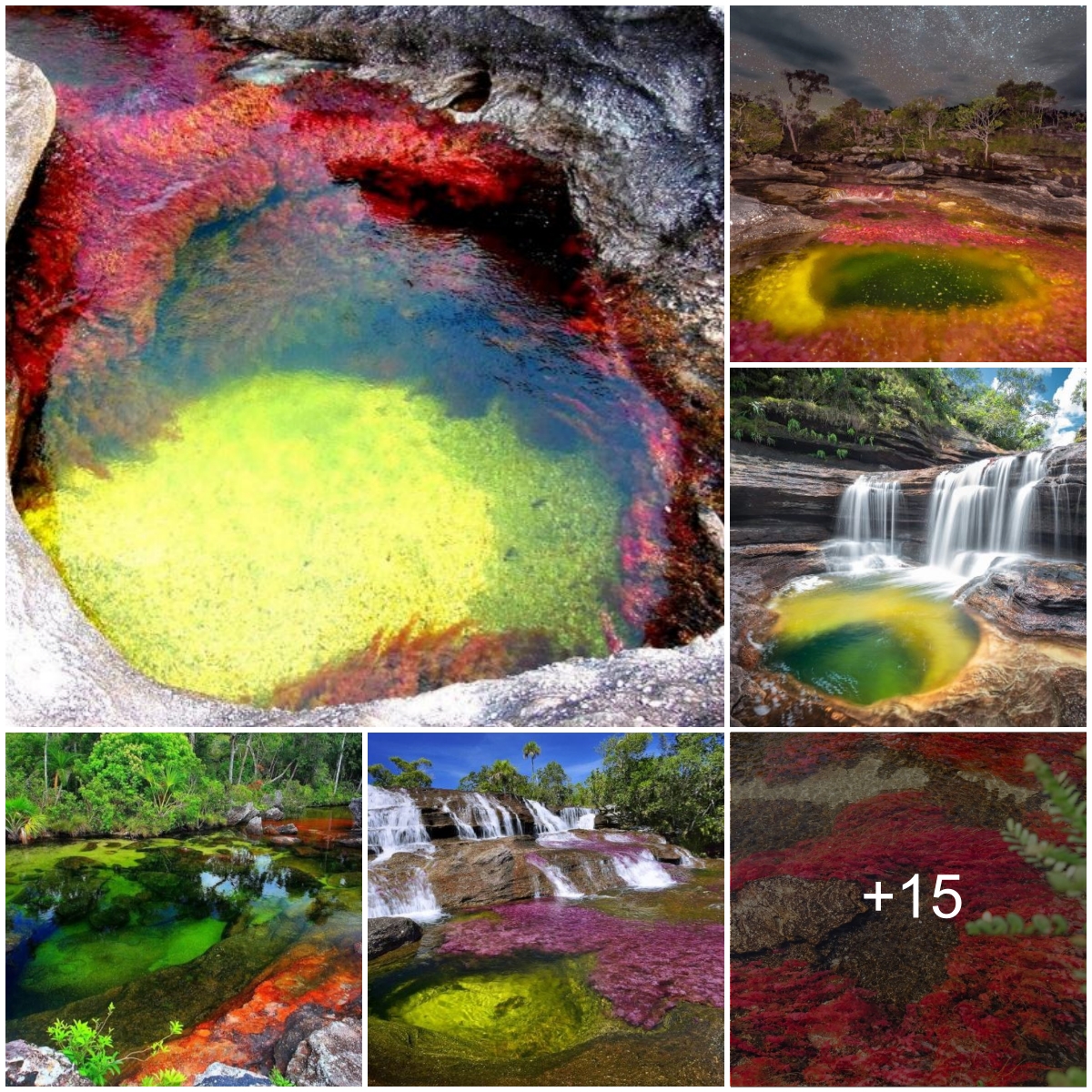Romania, often associated with myths of vampires and werewolves, harbors a more enigmatic wonder that transcends folklore-the “Living Stones.” These perplexing rocks, known as Trovants, can be found in the Romanian village of Costeti, captivating visitors with their mysterious growth and movement.
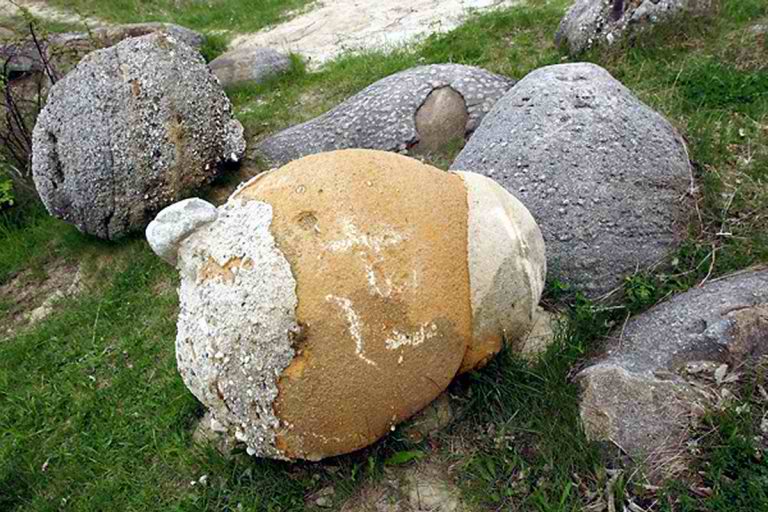
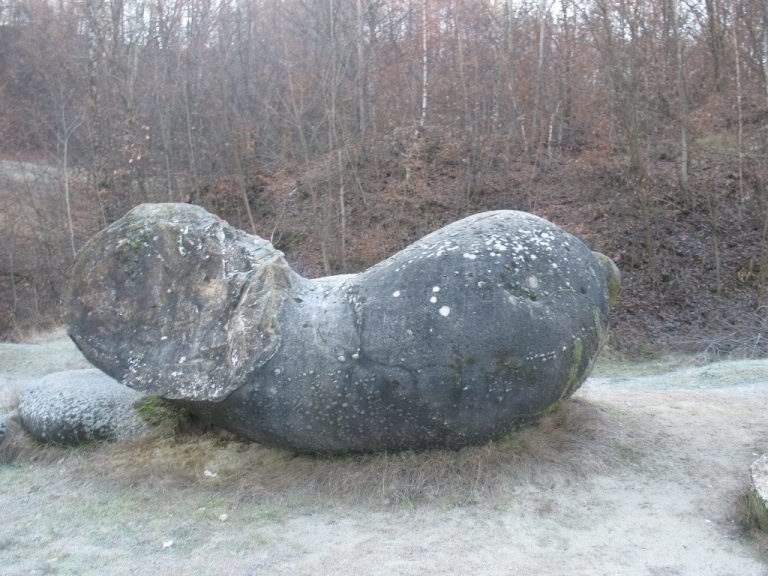
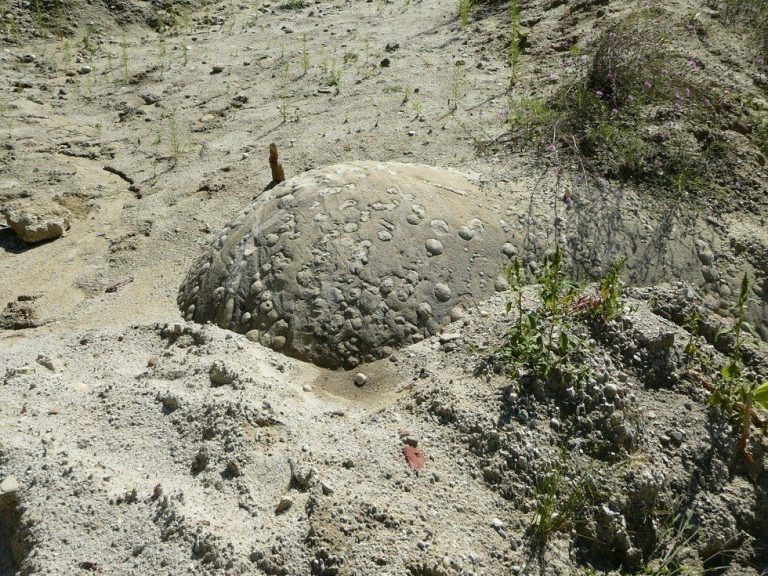
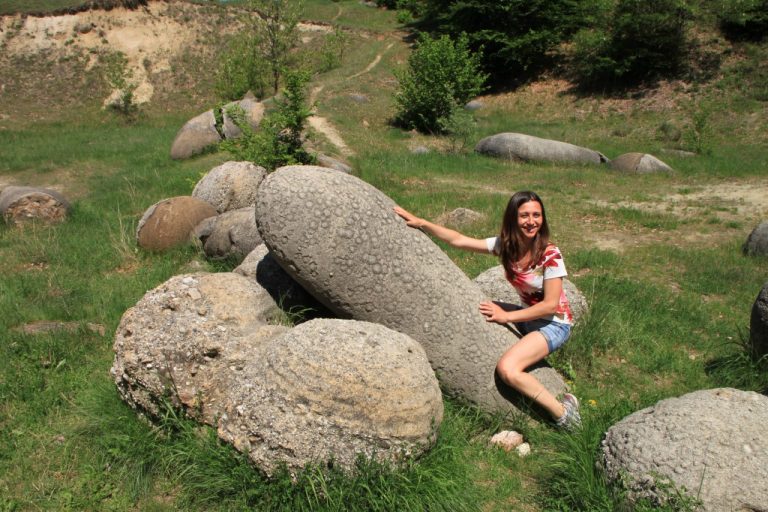
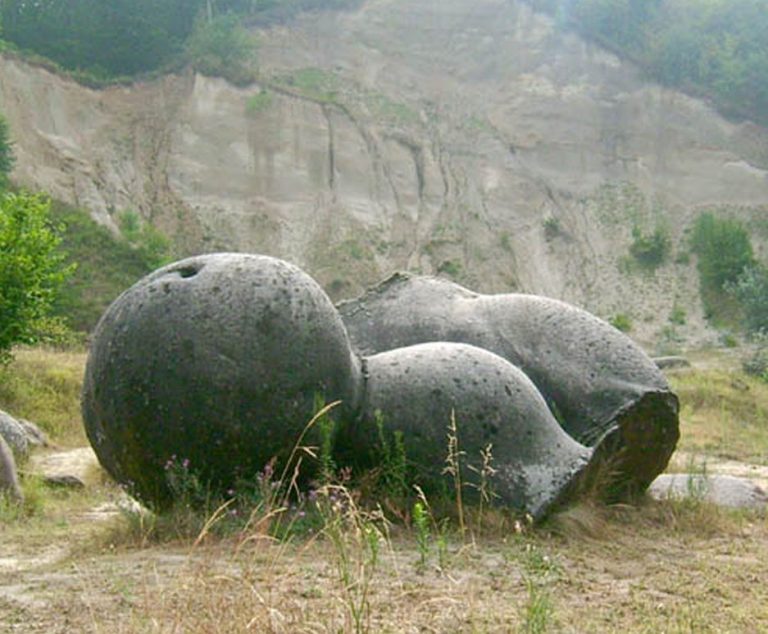
The term “Trovants,” initially coined by naturalist Gh. M. Murgoci, is used in Romanian geology to describe cemented sand. Unlike regular stones, Trovants continue to grow, displaying an almost lifelike characteristic. The prevailing theory attributes their existence to earthquakes that shook Romania six million years ago, resulting in these peculiar cemented formations.
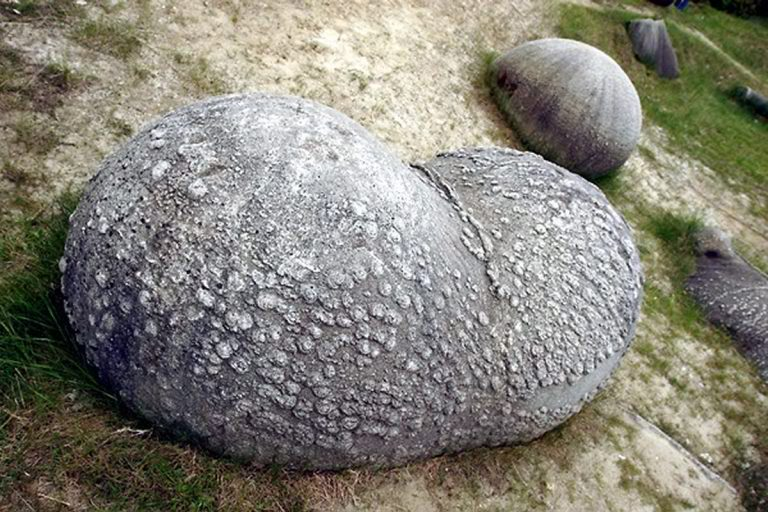
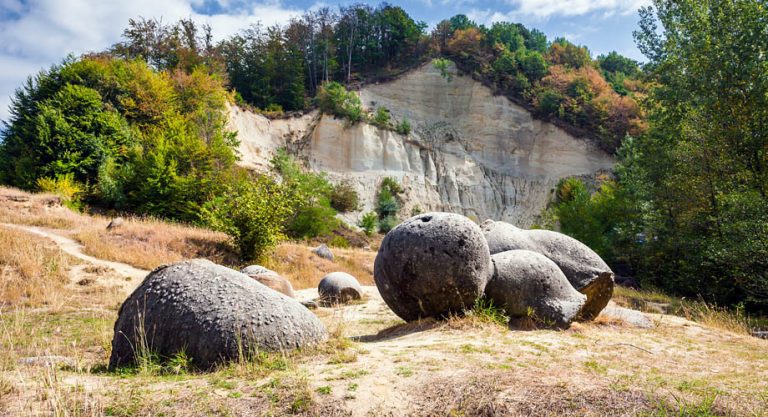
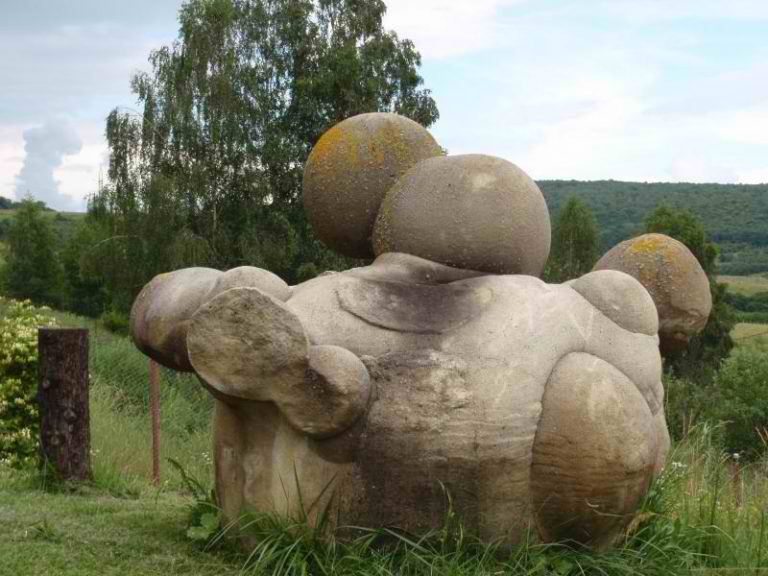
What baffles scientists even more is the ability of these supposedly non-living stones to grow. Termed “Living Stones” or “Stones that Grow,” Trovants expand in size, showcasing fascinating new forms when exposed to rain. Scientists speculate that compounds in their composition, triggered by rainwater rich in calcium carbonate, initiate a reaction and pressure inside the stones, causing them to grow at a rate of about 4-5 cm in 1000 years.
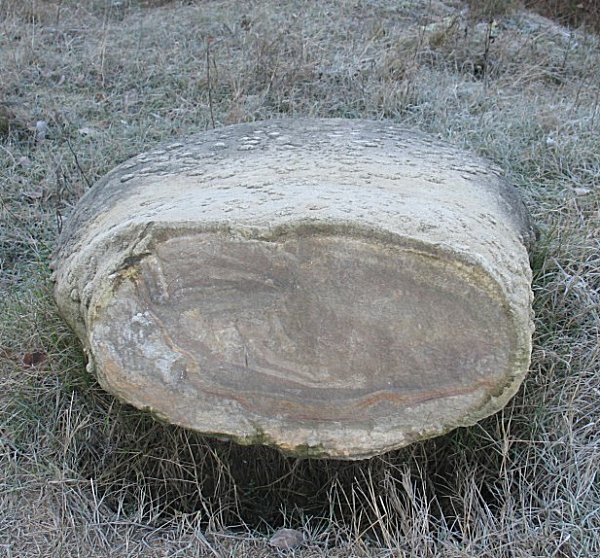
The intrigue doesn’t end there—Trovants can also move on their own! This phenomenon, often overlooked due to their slow pace, adds an extra layer of mystery. While the mechanism behind their migration remains uncertain, the prevailing theory suggests that their mineral-salt concentration enables growth when the rocks’ surfaces become wet.
Various explanations, ranging from magnetism to extraterrestrial intervention, have been proposed for the movements of these mystery stones. However, scientists, after cutting the stones and discovering their composition of cemented sands and mineral salts, provide a more logical explanation. The internal rings in Trovants, similar to tree rings, indicate their age and suggest an inorganic form of life.
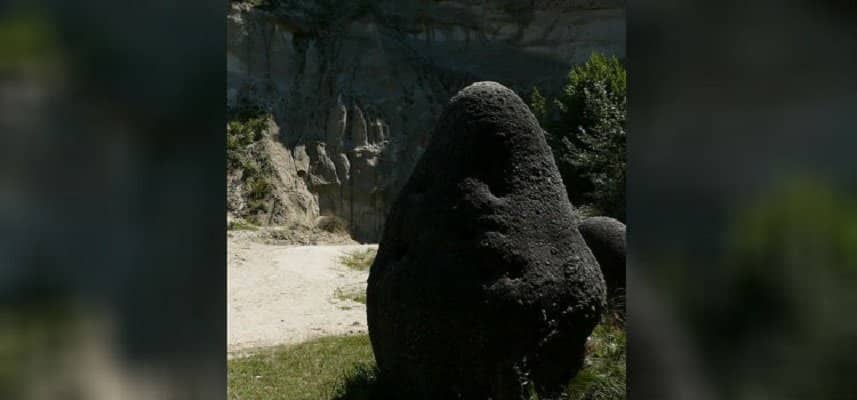
To preserve these geological wonders, the “Muzeul Trovantilor” or “Trovants Museum Natural Reserve” was established in 2004. Surprisingly, Trovants are not exclusive to Romania, as similar rock formations exist in other countries like the Czech Republic, Kazakhstan, and Russia.
The Trovants of Romania, with their mind-boggling characteristics and captivating movements, stand as awe-inspiring wonders of Mother Nature, inviting tourists to marvel at their enigmatic existence.
